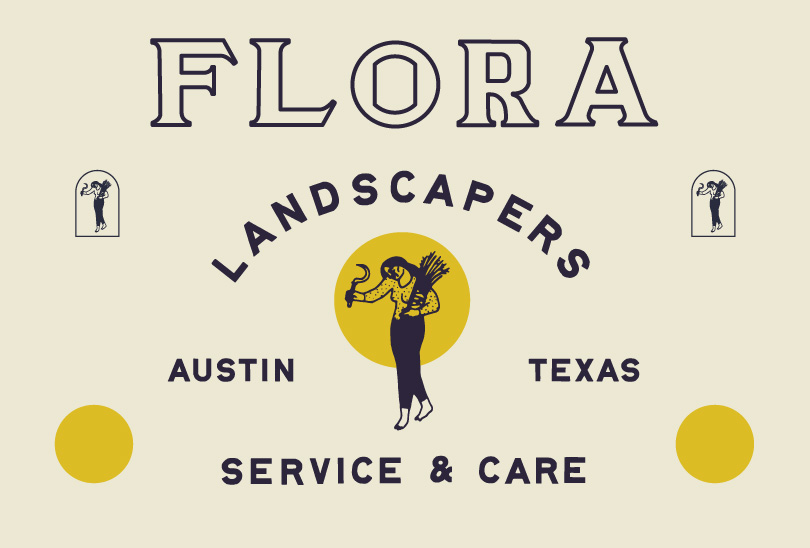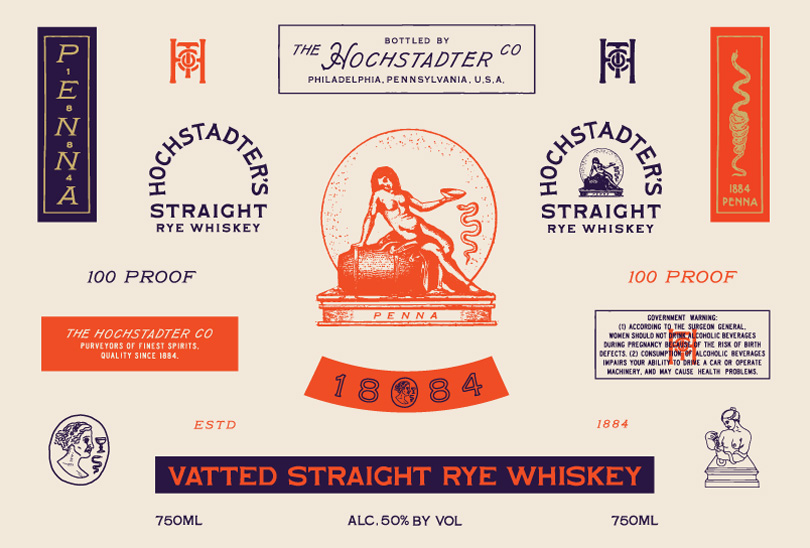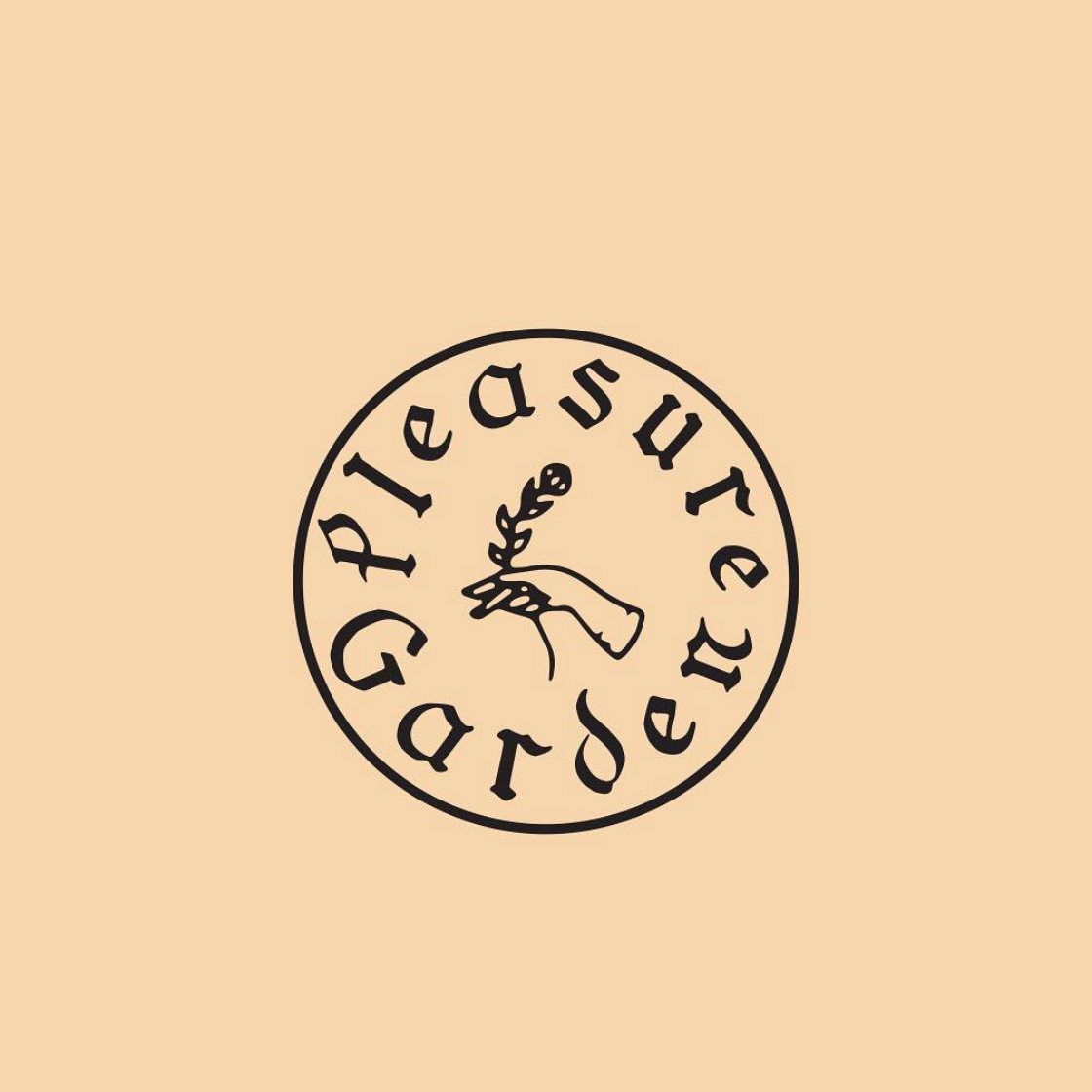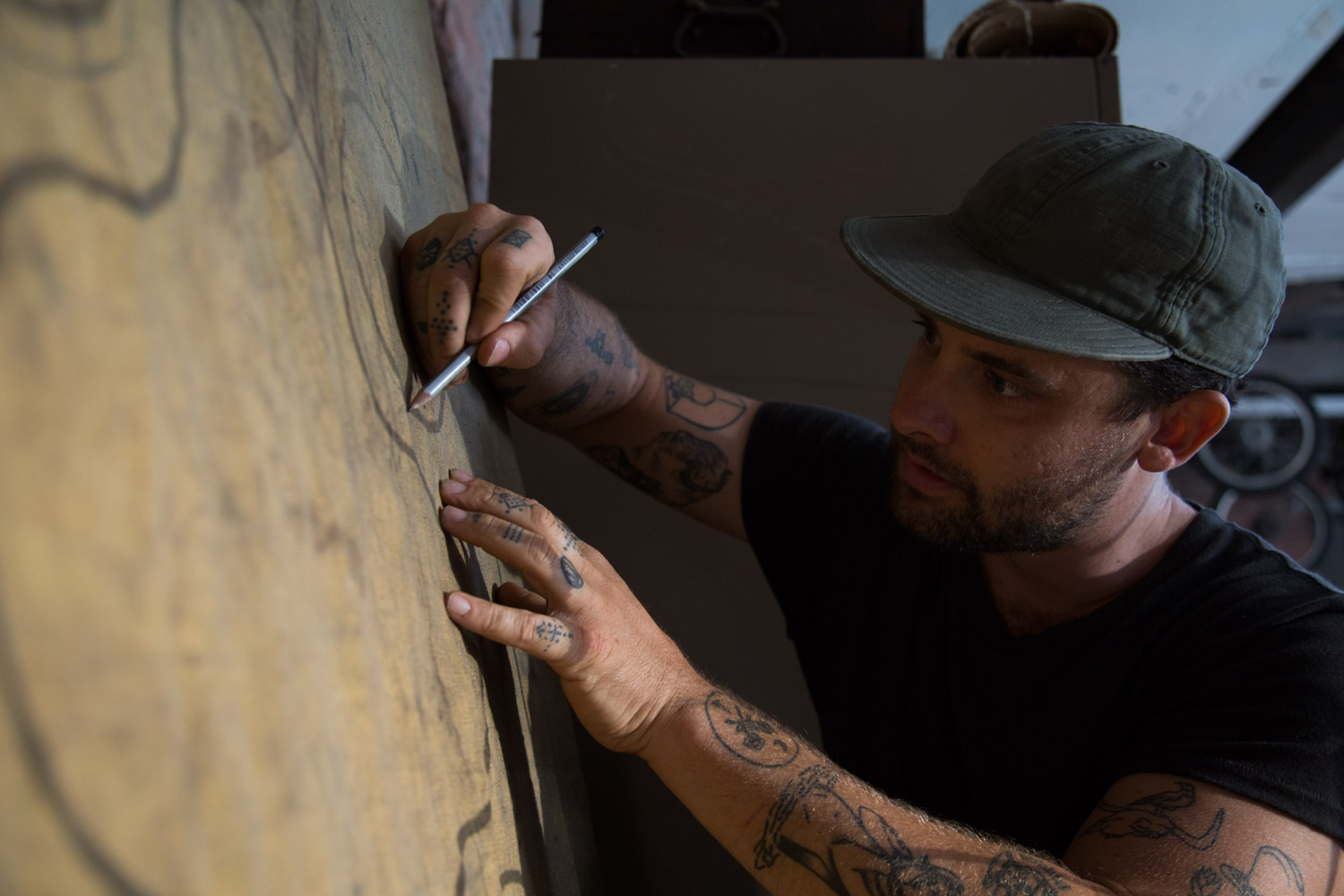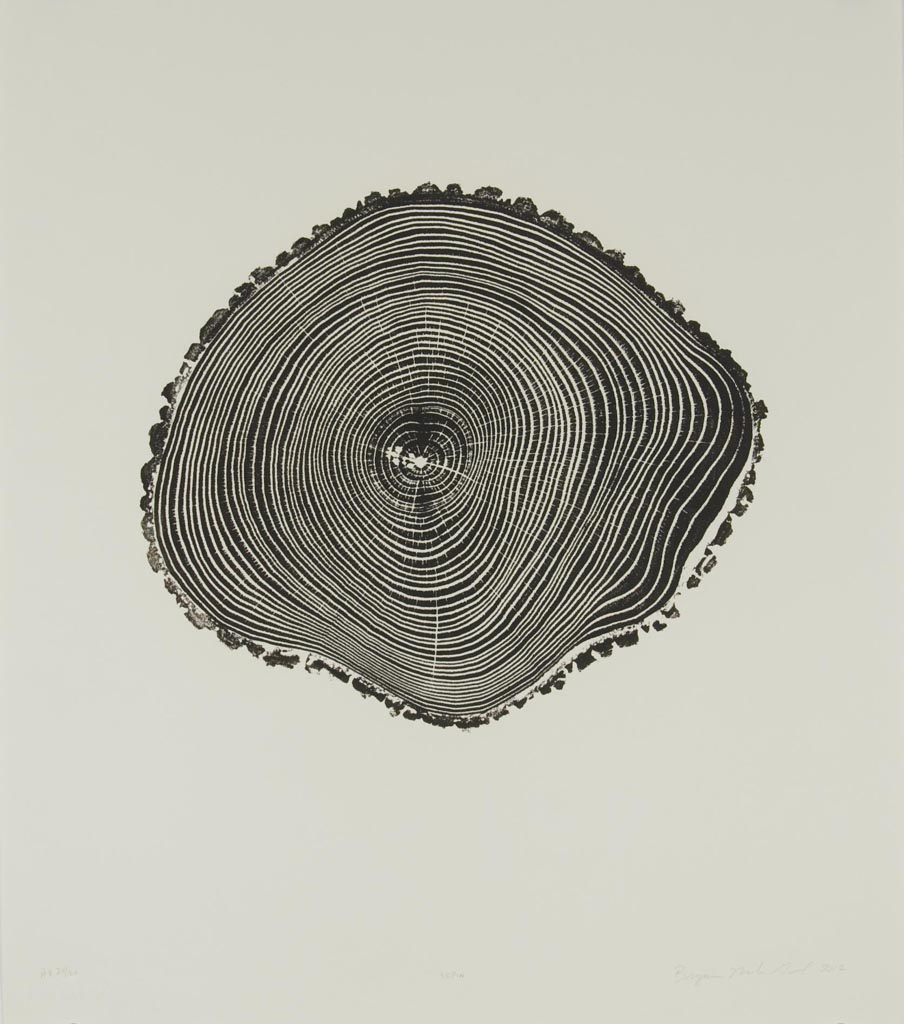Donald Judd, 100 untitled works in mill aluminum, 1982-1986, Mill aluminum, 100 units each 41 x 51 x 72 inches.
The artistic legacy of sculptor Donald Judd (1928–1994) is getting a lot of attention this spring: there is a major retrospective at the Museum of Modern Art curated by Ann Temkin, and a massive plywood installation at Gagosian Gallery, on view for the first time since 1981. This flurry of activity has fallen, quite by chance, at an odd moment: you can’t see either exhibition in person, because—as of this writing—institutions across the United States (and especially in New York City) are closed to the public in an effort to stop the spread of COVID-19. There’s also a book, and this you can read anywhere: Donald Judd Spaces, edited by Flavin Judd, Rainer Judd and the Judd Foundation, which offers newly published photographs from Judd’s archive, as well as five essays by Judd himself.
Judd is typically classified as a sculptor, but he didn’t like that term, nor did he like “minimalism.” He described his efforts as “another activity of some kind.” He began his career as a painter, and in the late 1950s and early ‘60’s, he worked as an art critic. This role gave him access to the postwar New York art world, where at the time Abstract Expressionism reigned supreme. As a blue chip artist today, Judd’s work is immediately recognizable: geometric, orderly, colorful, architectural, and smooth. Judd wasn’t precious about craftsmanship: once he began making three-dimensional objects, he started working with industrial fabricators, especially a commercial sheet-metal shop called Bernstein Brothers, providing them with detailed drawings and plans. In 1968, he bought a cast iron building on Spring Street in SoHo, and renovated it floor by floor, using it as his art studio and residence.
Judd in the early 1960’s in his studio on East 19th Street in New York City.
“Untitled” (1991) is among the many untitled works in ”Judd” at the Museum of Modern Art. The exhibition opens on March 1.Credit...Donald Judd Art; Judd Foundation/Artists Rights Society (ARS), New York; Zack DeZon for The New York Times.
In 1971, he rented a small house in Marfa, Texas, eventually assembling the compound around the Ayala de Chinati Ranch and the abandoned buildings of U.S. Army Fort D. A. Russell, which would in 1979 become the Chinati Foundation, with support from the Dia Art Foundation. In addition to the collection of important large-scale works by Judd and contemporaries like Claes Oldenburg, Dan Flavin and John Chamberlain, the Chinati Foundation preserves Judd’s living quarters and studio exactly as he specified. The Judd foundation does the same in New York where his Spring Street loft building is carefully preserved as a working and living space.
Writing of the MoMA retrospective in the New York Times in February of this year, critic Holland Cotter described Judd’s early forays into 3D work thus: “It was three-dimensional, so it wasn’t painting but, he claimed, it wasn’t sculpture either. He called the new works “specific objects,” and left it at that. He titled all of these objects “Untitled,” and insisted they were devoid of metaphors, personal data or real-world references — all the lures, in other words, that art traditionally uses to draw us in.” It may have been devoid of “lures,” but it wasn’t devoid of references: Judd’s specific objects, and the dwellings and studio spaces he designed them in, were the very “personal data” and “real-world references” Cotter believed Judd eschewed. Judd was a creature of the interior.
An installation view showing, in the foreground, “Untitled” (1963/1975); one of Judd’s earliest experimental objects (from 1961), left, with a baking pan sunk in its surface; and, right, a 1963 piece that shows him playing with space. Credit: Donald Judd Art; Judd Foundation/Artists Rights Society (ARS), New York; Zack DeZon for The New York Times.
Some of Judd’s objects come with special effects: Peer into either end of a row of the four aluminum boxes that make up this 1969 work and you’ll find that they form a long blue corridor with a reflective surface. Credit: Donald Judd Art; Judd Foundation/Artists Rights Society (ARS), New York; Zack DeZon for The New York Times.
Donald Judd - Daybed, 1979, Pine wood (with canvas mattress). 112 x 115 x 203 cm.
This is one of the key themes of Donald Judd Spaces, which brings readers into Judd’s material world. He placed objects and furniture in specific locations, and while he lived in New York and in Texas, he created works of art that themselves framed out space, with colors, forms, surfaces, and gaps. The Judd Foundation restored his residences and studios, so when visitors see them, they’re seeing something like a 20th century historic house museum rather than a collection of sculpture. The differences between his studio work and his forays into architectural preservation are mainly questions of scale: where he made room-size installations in his works of art, he also restored a SoHo building and conserved old structures on what is now the site of the Chinati Foundation, which could be read as gigantic Judd-type sculptures astride the landscape.
Right now during this indeterminate period of quarantine, it’s possible to read about Judd’s work, see some of his outdoor sculpture if you happen to be in Münster, Germany, the campus of Northern Kentucky University, or Marfa, Texas. You can watch an interview with Judd on YouTube via the Museum of Modern Art’s website—all part of a movement that’s taken shape in the past few weeks known as #MuseumFromHome. In a way, Judd’s work is particularly compelling right now because we’re experiencing an abundance of shared two-dimensional experiences: working remotely, reading the news on a tablet, playing games, streaming Netflix, even gazing out the window. The picture plane is all around us, signs and symbols everywhere. But inside, where we may least expect it, complexity and an abundance of forms in space abound. Our furniture, personal belongings, papers, and kitchen implements can all be seen, if we choose, as an interior landscape to be explored rather than overlooked or taken for granted. That’s the ironic twist of Judd’s temporarily hidden exhibitions: just thinking about them rather than seeing them—and indeed of Judd’s own spaces in New York and Texas—can make us see our own interior worlds in a new way.
READ THE BOOK: DONALD JUDD SPACES
An unprecedented visual survey of the living and working spaces of the artist Donald Judd in New York and Texas.








